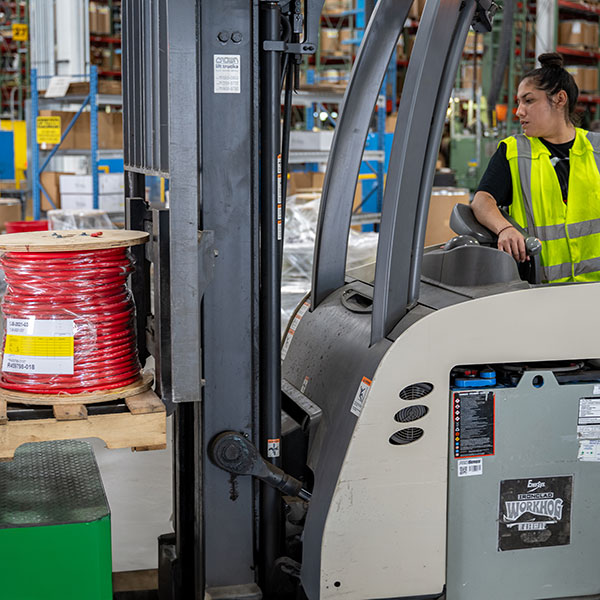

ARTICLE
Beyond the ‘Burbs: A Q&A with Wesco and Corning
By Wesco and Corning | January 16, 2024
Read Time: 3 Minutes
Deploying broadband is essential for residents and businesses within rural communities. To help bring connectivity to these communities, we need to understand what rural America is and how it differs from urban and suburban settings.
Q: What is rural America?
The definition is anything and everything that is not urban or suburban. There are many areas that fall into this category. Some examples include areas that are primarily farmland or suburban-looking towns with 1,000 homes, bordered by railroad tracks and highways on either side and far away from other communities. (Kristi Johnson, Corning)
Q: What are the differences and challenges working in rural environments?
Labor is a significant difference. Typically, companies fixate on the cost of material when looking at the overall expense of building a fiber home network, which is about 30-40% of the budget. The bulk of spend is in the labor when you start building “beyond the ‘burbs.”
Another consideration is travel time. The further out, the more windshield time techs have traveling, significantly reducing productive working hours. In addition, the logistics of staging material can be challenging.
The amount of cable required to supply a fiber serving area of 300 homes is very different. For example, in a suburban fiber setting serving 300 homes, you are looking at 2.5-3 miles of cable and about 90 poles. For the same number of homes in the country, it changes, increasing to 25-30 miles of cable to be placed, which requires more poles to attach to and labor to install. (Barry Walton, Corning)
Q: What solutions are available to help navigate the challenges when planning for a fiber build?
Logistics plays a pivotal part in overcoming these challenges. It’s important to think differently; instead of how to get the person the material, start thinking about bringing the material to the person.
One solution: remote warehouses that bring the product to you instead of going to the product. Wesco has set up multiple types of remote warehouses depending on the season, location, and scope of the project. This greatly reduces downtime traveling to and from the jobsite and allows you to have the right material closer to the site at the right state of the project.
Communication, though cliché as it might sound, is key in remote broadband deployments. Communicate at the local level with the pole owners and their field engineers. Work together and work creatively. Communicate in your network and with your suppliers and supply chain partner. Do not stop at those directly involved in the build; talk to the community leaders, schools and hospitals. Communicate so we can all build a network that will be beneficial for us today and for our grandchildren tomorrow. (Chris Bailey, Wesco)
Together, Corning and Wesco deliver connectivity to every edge of the network, from optical fiber, cable, hardware, and equipment to fully optimized solutions for high-speed communications networks.
ABOUT THE AUTHOR
This article was brought to you in partnership with Corning.
Corning delivers connectivity to every edge of the network, from optical fiber, cable, hardware, and equipment to solutions for high-speed communications networks. Corning shares Wesco's mission to deliver end-to-end fiber optic solutions, resources, services, and training that meets our customer’s ever-changing needs.



